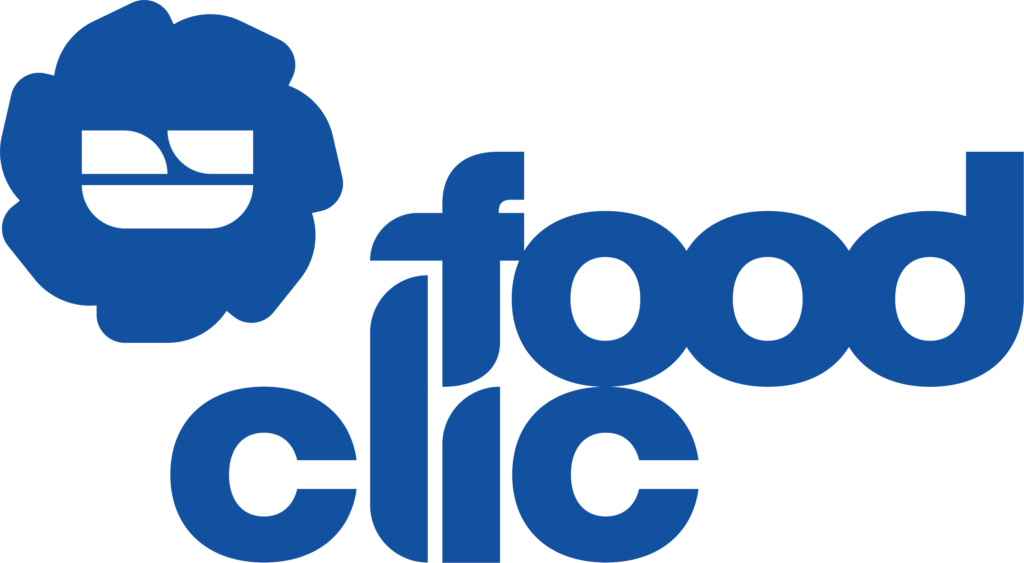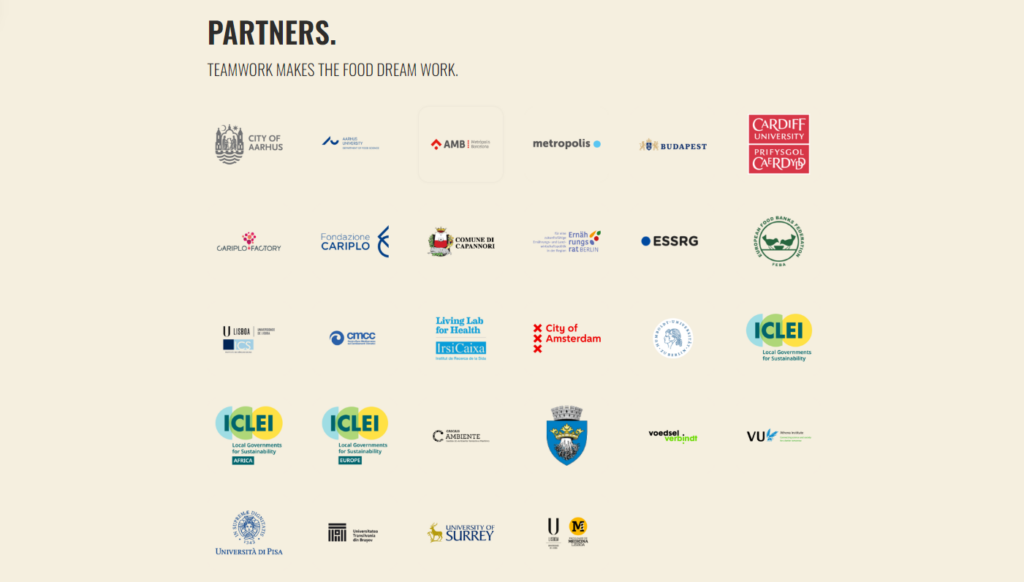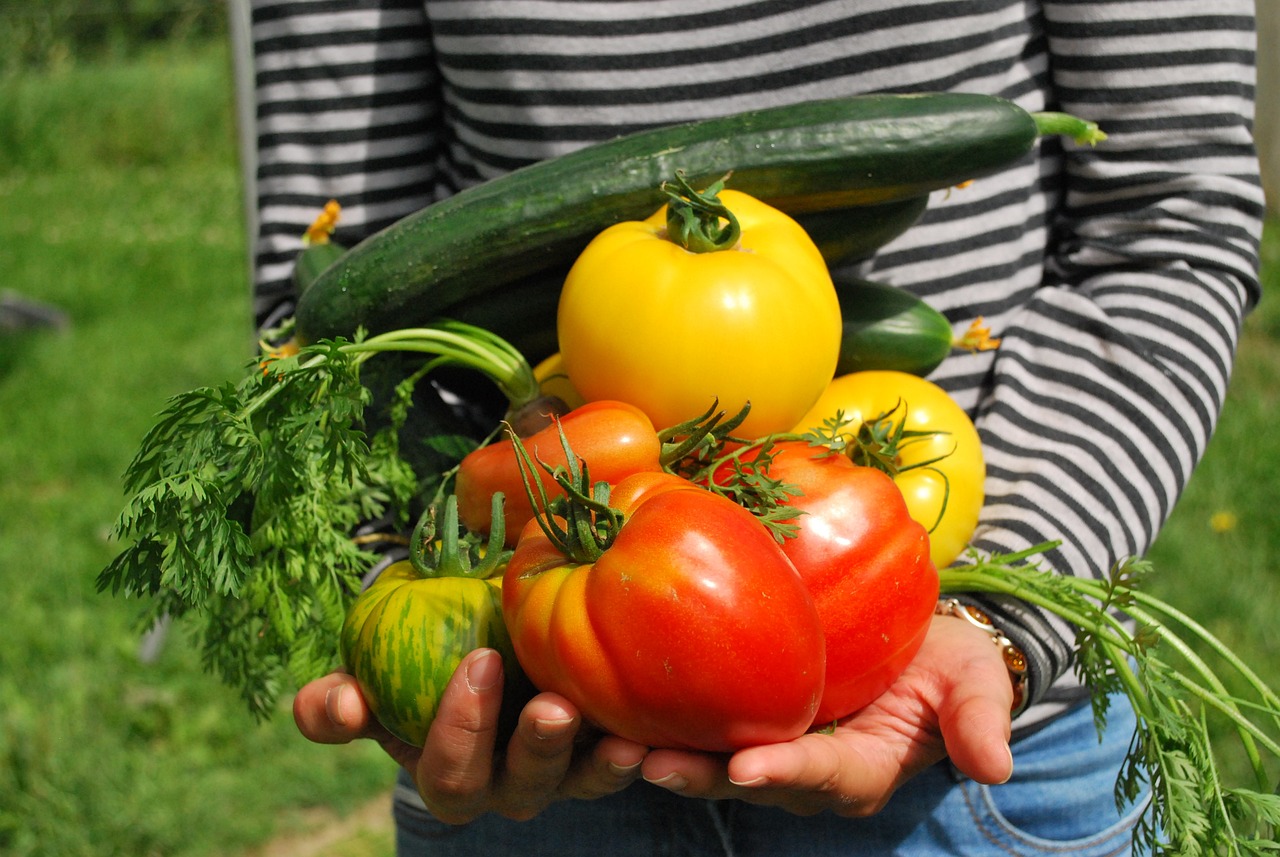FoodCLIC is a four-years EU-funded project (2022-2027), dedicated to support the development of integrated urban food policies across Europe.
The aim is to improve the accessibility and availability of health and sustainably produced food for everyone, and particularly for food-deprived communities.

The project draws upon the CLIC Framework[1], which fulfils four conditions: sustainability Co-benefits; strengthened rural-urban Linkages across the food system; the Inclusion of all stakeholders; and the creation of Connectivities between food and other complex policy priorities.
FoodCLIC starts in eight Pilot city-regions (Aarhus, Budapest, Brasov, Berlin, Lucca, Barcelona, Amsterdam, Lisbon) and leads to the implementation of locally defined interventions that are functional in shaping food policies and influencing the way food is produced, processed, distributed, purchased, and provided.
In order to deepen the exchange of knowledge and to create cross-learning experiences, the project also decided to expand its radius and started working with eight additional broadening city regions in the world.
From theory to concrete food system changes.
FoodCLIC includes six work packages related to:
- developing methodological, training and monitoring frameworks (WP1);
- mapping and gapping (WP2);
- co-designing and implementing integrated food policies and planning frameworks for real-life interventions (WP3);
- mutual learning, networking, evidence-based guidelines and tools (WP4);
- communication, dissemination and exploitation (WP5); project management and coordination (WP6).
The expected result is the creation of an innovative tool for assessing GHG emissions related to food production that will enhance the capability for evidence-based policy-making while improving policies for sustainable food environments that make healthy foods accessible to all.
The project is communicated through the official website, where the “blog” section and the “knowledge hub” guarantee the user to get access to more resources on the food sector. Meetings and conferences are organized to display the updates, which are also described on the LinkedIn page.
Images, tone of voice, and visual identity are designed to make FoodCLIC’s outcomes intelligible to a differentiated target. The collaboration among partners, from universities to public administrations, from private foundations to research institutes, it ensures a multidimensional approach which is fundamental for addressing this broad sector.
In conclusion, FoodCLIC is a project that clearly contains its complexity – yet, the challenge of the partners involved is “to make it simple” without simplifying a matter that needs to be tackled in a comprehensive and integrated way.
All partners are listed here:

[1] The CLIC concept has been derived from the work of Sonnino & Milbourne (2022) on place-based approach in food system transformation: Sonnino, R. & Milbourne, P. (2022): Food system transformation: a progressive place-based approach. Local Environment, 27:7, 915-926, DOI 10.1080/13549839.2022.2084723 .

